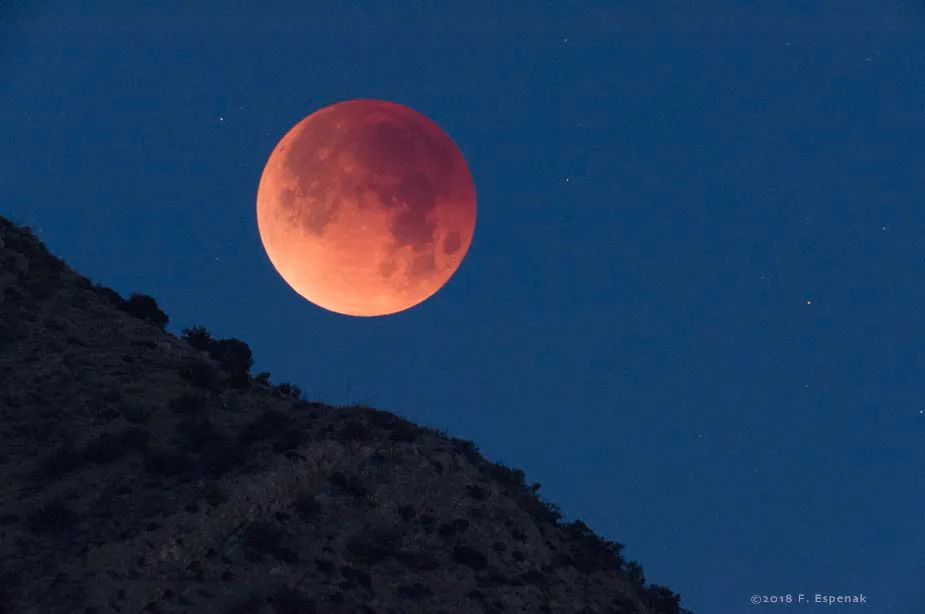Blog
Table of Contents

November 8-total lunar eclipse
"The lunar eclipse will be visible throughout eastern Russia, Japan, Australia, and parts of western and central North America. The best viewing location for the total lunar eclipse is approximately eastern North America. During the total lunar eclipse, reddish light reflecting off the lunar surface will be observed: The moon's rose red is the result of the sun's rays scattered by dust in Earth's atmosphere.
Observers on the east coast will miss the full phase of the eclipse because the moon will set before the height of the eclipse. Weather permitting, other countries in Canada and the US, including Alaska and Hawaii, will be able to enjoy the show. A total eclipse can be seen in Asia, Oceania, North America, Northern Europe and parts of Eastern Europe, most of South America, and China except the extreme west, and a lunar rise with an eclipse can be seen in the west.
With binoculars or an astronomical telescope, it can be seen clearly at more than 7 times. You can stand up high to see, so the view will be good. The following two total lunar eclipse observations can also be made by direct observation with the naked eye without any special equipment.


There are no customer reviews yet . Leave a Reply !